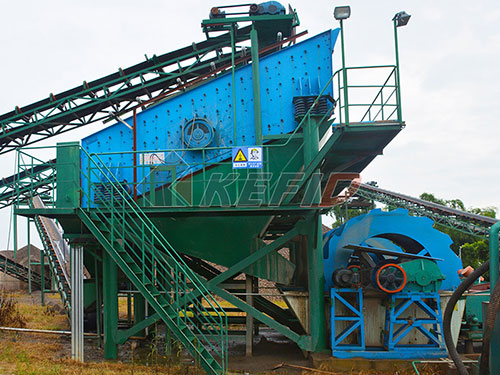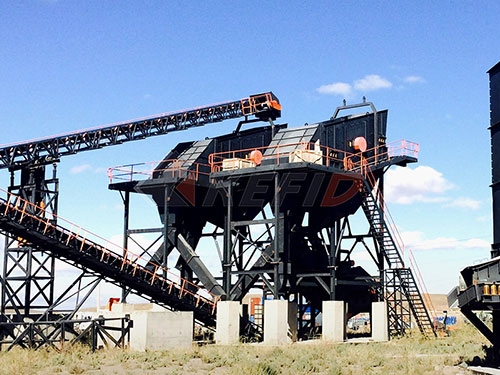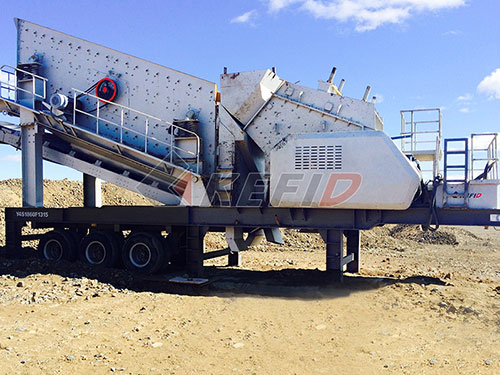The Indispensable Backbone: Aggregate Screens and Crushers Powering Iowa’s Infrastructure
Iowa’s landscape, characterized by rolling farmlands, vibrant cities, and a vast network of roads and bridges, rests upon a foundation quite literally built from stone, sand, and gravel. This essential construction material – aggregate – doesn’t magically appear in the perfect sizes needed for concrete foundations, asphalt pavements, or drainage systems. Its journey from raw geological deposits to a precisely graded product ready for use is orchestrated by the sophisticated interplay of aggregate screens and crushers. These machines are the unsung heroes of Iowa’s construction industry and economic vitality.
The Heart of the Matter: Why Aggregate Processing Matters in Iowa
Iowa’s geology provides abundant natural resources crucial for aggregate production. Glacial deposits left behind vast quantities of sand and gravel across much of the state, particularly in river valleys and former glacial outwash plains. Limestone formations also provide significant sources of crushed stone. However, these raw materials are rarely usable directly from the pit or quarry face.
Size Matters: Construction specifications demand aggregates within strict size ranges – coarse aggregates for structural strength in concrete or road base layers, fine aggregates like sand for filling voids or asphalt mixes.

Quality Control: Aggregates must be clean (free from excessive clay or organic matter), durable enough to withstand weathering and traffic loads, and possess specific physical properties like abrasion resistance.

Efficiency & Cost: Processing raw material efficiently minimizes waste transportation costs and maximizes the yield of valuable product grades.
This is where screens and crushers become indispensable.
Deconstructing the Duo: Screens & Crushers Defined
1. Aggregate Screens: Think of these as high-capacity sorting machines.
Function: To separate a mixture of aggregate particles into different size fractions based on their physical dimensions.
Mechanism: Material is fed onto a vibrating surface (the screen deck) covered with openings (apertures) of specific sizes. Particles smaller than the aperture fall through (“unders”), while larger particles travel across the deck to be discharged as “overs” or directed to another process stage.
Types Common in Iowa Operations:
Vibrating Inclined Screens: The workhorses of most plants. Multiple decks stacked at an angle allow simultaneous separation into several size fractions efficiently.
Horizontal Screens: Offer higher efficiency screening for difficult-to-screen materials

Leave a Reply